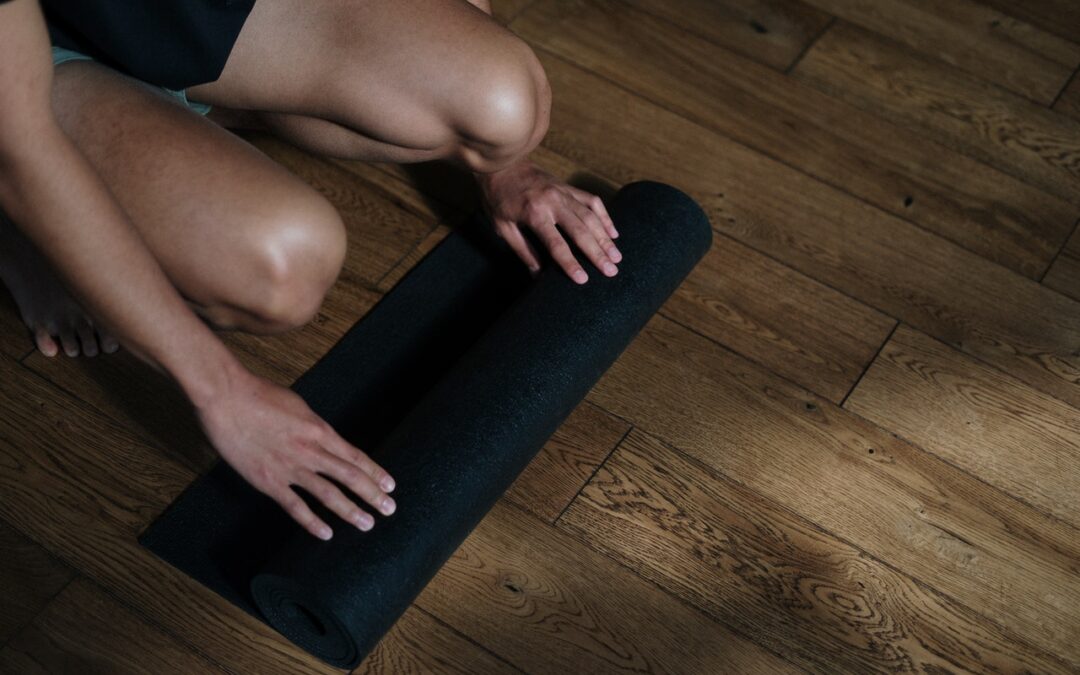Rolfers and yoga practitioners alike find that the two disciplines naturally complement each other in many aspects including improving flexibility and coordination. Ida Rolf, the founder of Rolfing, practiced yoga for many years.
A key aspect of yoga is striving toward physical symmetry. Due to chronic pain or lack of bodily balance, aspiring yoga practitioners may find themselves frustrated or ‘stuck’ from progressing with their poses. Rolfing’s structural integration helps rebalance the body and release stiffness in certain affected areas, allowing healing to occur. For yoga practitioners who lack physical symmetry due to a physical condition such as scoliosis, Rolfing helps the individual understand their body better while working on increased stability and balance.
Rolfing and yoga both explore how the body functions under the effects of gravity. They intertwine in how the body relates to space, breath, and balance. Rolfing’s structural integration helps the yoga practitioner understand how the body works with the environment.
Physical tightness due to excessive stress is one debilitating condition that can send individuals to seek relief in either yoga or Rolfing. While both reduce tension, yoga and Rolfing combined benefit the individual by creating a synergistic effect. Rolfing, aided by a trained practitioner, allows the client to feel the connection between individual body parts and how they are affected by tension, while yoga trains the practitioner to achieve clarity of their body awareness.
Yoga practitioners will discover that the 10 series of Rolfing is of immediate benefit to the backward bend (which balances the tension in the organ area and on the front) and forward bend (the core stabilizer from heel to head). Both positions function to alleviate or prevent the back pain from which so many individuals suffer. The yoga forward bend with support from Rolfing can help prevent back pain by improving mobility. If the individual is already suffering from back pain, the yoga backward bend, in combination with Rolfing intelligent movement, will lengthen the lower back and rebalance the tension pattern over time. Keep in mind, only enter into these poses with caution and if necessary with the guidance of a yoga instructor or appropriate health care professional.
In short, Rolfing can remove the adhesions in your fascia to give you more freedom of movement and fuller stretches, thus exponentially improving your yoga practice and allowing you to achieve greater results in revitalizing your body.


Recent Comments